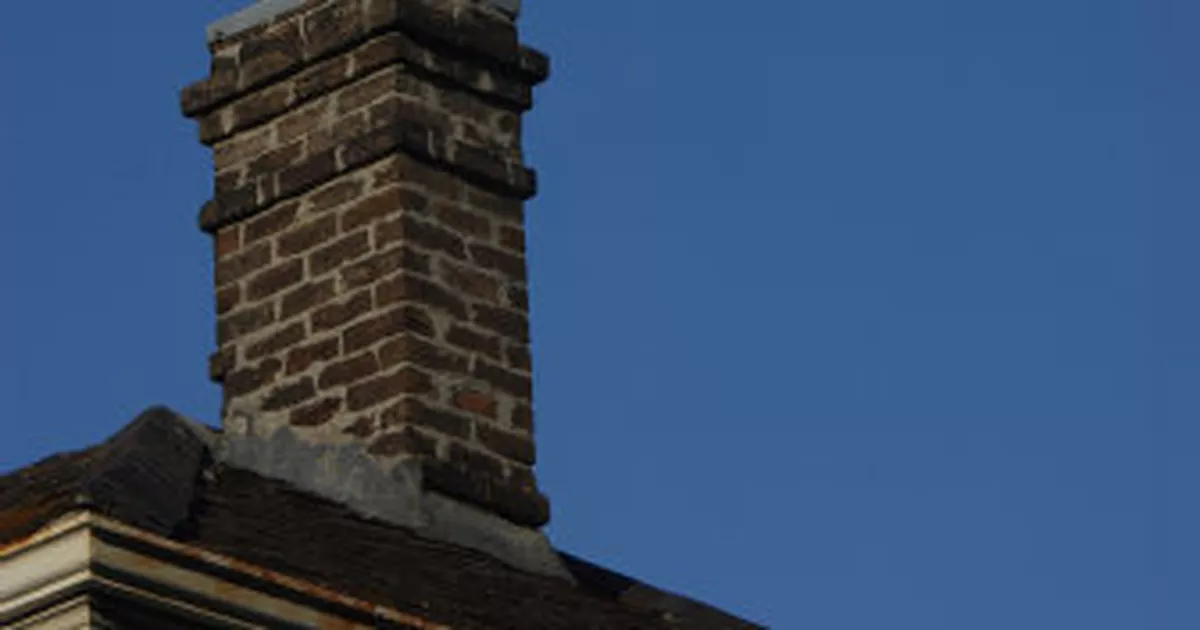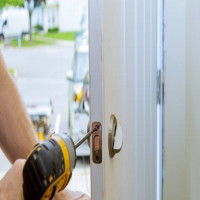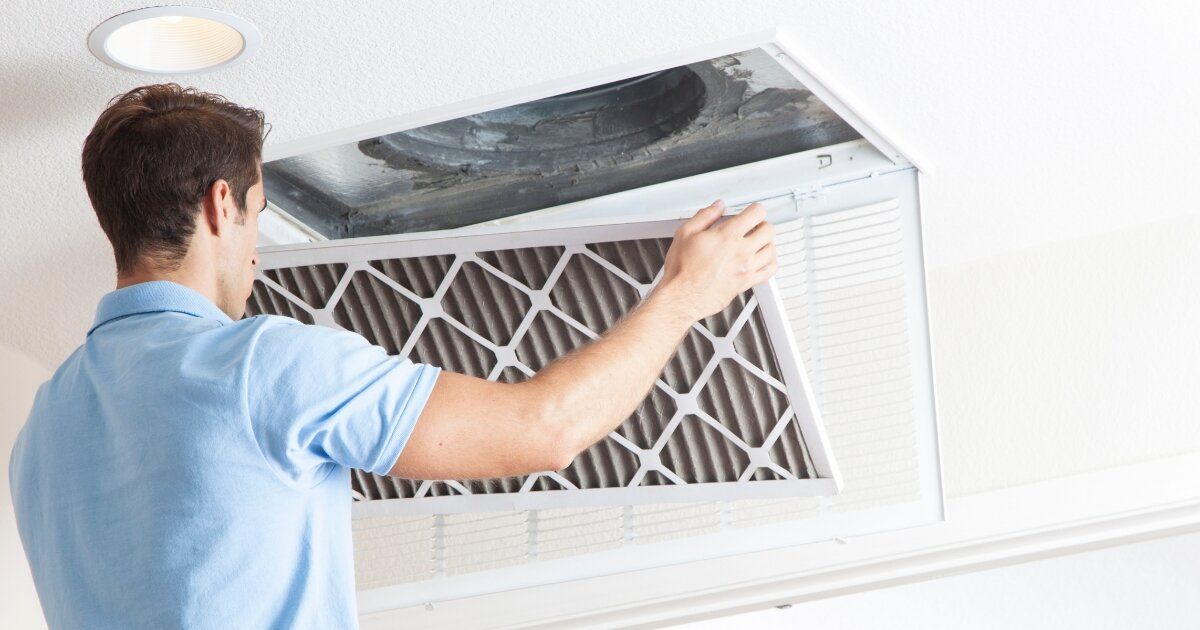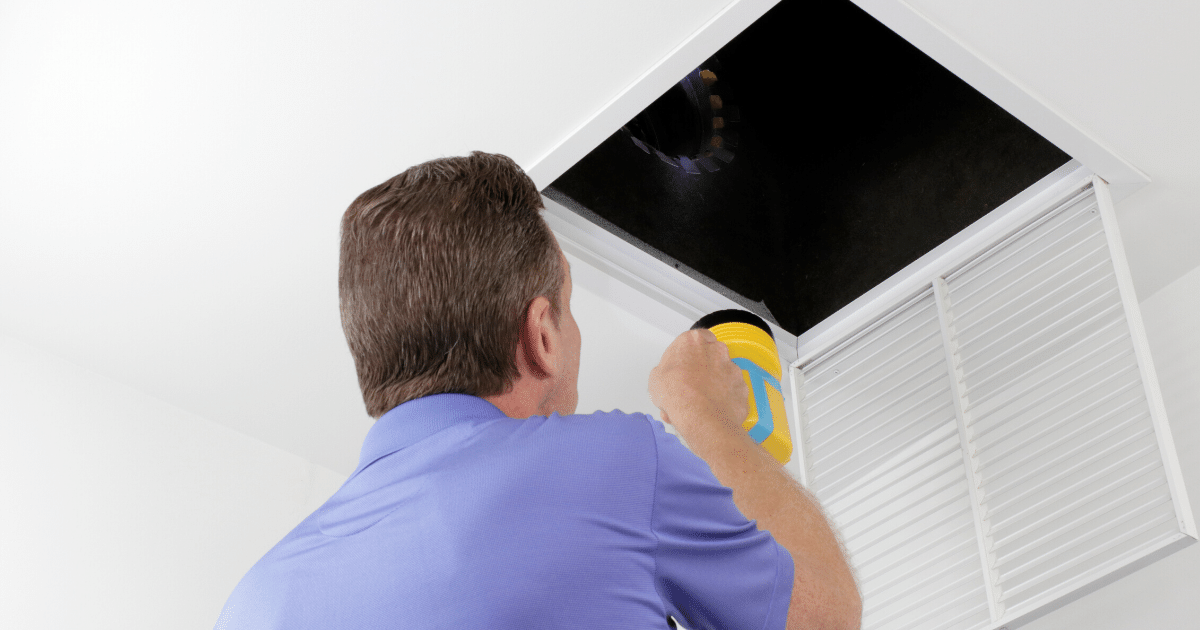Why Is a Chimney Liner So Important for Baltimore Homes?

When winter hits Baltimore and fireplaces come to life, your chimney liner becomes a silent hero. But many homeowners don’t even know it exists—let alone why it matters. So, what does a chimney liner actually do, and why should you care?
This guide will walk you through what a chimney liner is, why you need it, signs it’s failing, the types available, and why hiring a professional in Baltimore is your best bet.
What Is a Chimney Liner?
A chimney liner is a protective passage inside your chimney that safely directs smoke, gases, and heat out of your home. It also protects your chimney walls from corrosion and fire damage.
It’s essentially the unsung safety layer that keeps your fireplace or stove running safely and efficiently.
Why Do You Need a Chimney Liner in Baltimore, MD?
Baltimore homes, especially older brick properties, face unique challenges with weather and age. Here’s why chimney liners are crucial in this area:
Fire Safety
Without a proper liner, heat or sparks can reach nearby combustibles and cause a fire.
Protecting Your Chimney
Acidic gases, moisture, and creosote can eat away at bricks and mortar. Liners shield the structure and increase chimney life.
Energy Efficiency
A well-sized liner helps improve draft, which means better heating, less smoke, and cleaner air indoors.
Building Code Compliance
Many local and national codes require chimney liners to meet safety standards. Installing one helps avoid legal trouble and insurance issues.
How Do You Know If Your Chimney Liner Needs Replacing?
Here are common signs your chimney liner might be damaged or missing:
Smoke leaks into the home
Cracks in the chimney or surrounding walls
Rust or moisture in the firebox
Burning odors after using the fireplace
A sudden spike in creosote buildup
You’ve upgraded or changed heating appliances
If any of these symptoms sound familiar, it’s a smart move to schedule a chimney inspection.
You can book a local inspection here: Baltimore Chimney Liner Services
What Are the Different Types of Chimney Liners?
Clay Tile Liners
Traditional and found in many older homes
Affordable and last up to 50 years with care
Can crack over time with extreme temperature changes
Good for open masonry fireplaces, but not ideal for gas or high-efficiency appliances
Stainless Steel Liners
Highly durable, flexible or rigid options available
Perfect for gas, wood, or oil-burning systems
Easy to install and maintain
Lasts around 20–25 years
Cast-In-Place Liners
Poured cement-like mixture that hardens inside the chimney
Strengthens the chimney structure
Excellent for restoring damaged or deteriorated chimneys
Long lifespan and insulation properties
Each type suits a different home and heating system. A professional can recommend what works best for your setup.
Can You Install a Chimney Liner Yourself?
DIY chimney liner installation sounds tempting, especially with kits available online. But it’s not as simple as it seems.
It involves measuring chimney length and diameter, selecting the right material, accessing the roof safely, handling debris and creosote, sealing joints, and complying with local codes.
A mistake here can cost you more than hiring an expert. For safety, performance, and peace of mind, let a certified chimney specialist handle it.
Baltimore residents can trust Baltimore Chimney Sweep for proper, code-compliant liner installations.
How Much Does It Cost to Install a Chimney Liner in Baltimore?
The cost depends on chimney size, condition, liner type, and labor. On average:
Clay tile liner: $2,000 – $3,500
Stainless steel liner: $1,800 – $4,000
Cast-in-place liner: $3,000 – $7,000
Other costs may include inspection fees, cleaning, or masonry repairs.
A qualified professional can provide a more accurate quote after an on-site inspection.
How Long Does a Chimney Liner Last?
With proper care:
Clay tile liners: 40–50 years
Stainless steel liners: 15–25 years
Cast-in-place liners: 50+ years
However, poor maintenance, fires, or heavy use can shorten their lifespan.
How Often Should You Inspect or Replace a Chimney Liner?
The National Fire Protection Association recommends annual chimney inspections. Even if you don’t use your fireplace often, animals, debris, moisture, or structural shifts can cause damage.
You should also inspect your liner if you:
Recently bought your home
Installed a new fireplace insert or changed fuel type
Had a chimney fire
Notice visible signs of wear or poor performance
Is Chimney Relining the Same as Installing a New Liner?
Relining means adding a new liner or replacing an old one. It’s typically required when:
The current liner is cracked or crumbling
Your appliance needs a different liner size or type
You want to meet updated building codes
The original chimney was built without a liner
It’s a critical part of any chimney restoration and should only be done by certified professionals.
Why Choose a Baltimore-Based Chimney Liner Expert?
When you hire a local chimney specialist, you benefit from:
Knowledge of Maryland’s building codes
Understanding of Baltimore’s climate and architecture
Faster service and better support
Affordable pricing with no franchise overhead
Local professionals build their reputation through trust, referrals, and long-term customer relationships. That’s not something a big-box service can offer.
One of the most trusted names in the area is Baltimore Chimney Sweep, known for their expert inspections, installations, and repairs.
Final Thoughts
Your chimney liner isn’t something you should ignore. It plays a vital role in keeping your fireplace safe, efficient, and up to code.
If your liner is damaged, outdated, or missing altogether, don’t wait for the problem to get worse. Get an inspection, protect your investment, and enjoy peace of mind knowing your chimney system is working the way it should.
For Baltimore homeowners looking for reliable chimney liner services, reach out to Baltimore Chimney Sweep and schedule your appointment today. Read more: baltimore chimney sweep
FAQs About Chimney Liners
How long does a stainless steel chimney liner last?
Typically between 20 and 25 years, depending on use and maintenance.
Can a damaged liner cause a house fire?
Yes. Cracks or gaps can let heat or flames reach combustible materials around the chimney.
Is a chimney liner required by code?
In most cases, yes. Modern building codes require liners for fireplaces and stoves to meet safety standards.
What’s the best liner for a gas fireplace?
Stainless steel liners are the most effective and durable option for gas systems.
How do I know if my chimney already has a liner?
A chimney inspection can confirm whether your chimney has a liner and what condition it’s in.
Note: IndiBlogHub features both user-submitted and editorial content. We do not verify third-party contributions. Read our Disclaimer and Privacy Policyfor details.






